Rising Environmental Regulations
The FRP Tank Market is significantly influenced by the rise in environmental regulations aimed at reducing pollution and promoting sustainable practices. Governments are increasingly enforcing stringent guidelines regarding waste management and chemical storage, which necessitates the use of materials that minimize environmental impact. FRP tanks, known for their lightweight and non-corrosive properties, align well with these regulations. As industries strive to comply with these standards, the demand for FRP tanks is expected to rise. Recent statistics indicate that compliance costs can be reduced by up to 30% when utilizing FRP tanks, making them an economically viable option for businesses looking to adhere to environmental mandates.
Growing Demand in Renewable Energy Sector
The FRP Tank Market is witnessing a growing demand driven by the renewable energy sector. As the world shifts towards sustainable energy sources, the need for efficient storage solutions for biofuels and other renewable resources is becoming paramount. FRP tanks are increasingly utilized in the storage of these materials due to their lightweight and non-reactive properties. The renewable energy market is anticipated to grow significantly, with investments expected to exceed USD 1 trillion by 2030. This growth presents a substantial opportunity for the FRP tank market, as industries seek reliable storage solutions that align with their sustainability goals.
Technological Innovations in Manufacturing
The FRP Tank Market is benefiting from technological innovations in manufacturing processes. Advances in composite materials and production techniques have led to the development of more efficient and cost-effective FRP tanks. These innovations not only enhance the performance characteristics of the tanks but also reduce production costs, making them more accessible to a wider range of industries. For instance, the introduction of automated manufacturing processes has improved consistency and quality in tank production. As a result, the market is expected to see a steady increase in the adoption of FRP tanks, with a projected growth rate of 4.8% annually over the next few years.
Increasing Demand for Corrosion-Resistant Solutions
The FRP Tank Market is experiencing a notable surge in demand for corrosion-resistant solutions. Industries such as chemical processing, water treatment, and oil and gas are increasingly adopting FRP tanks due to their superior resistance to corrosive substances. This shift is driven by the need to enhance operational efficiency and reduce maintenance costs. According to recent data, the market for FRP tanks is projected to grow at a compound annual growth rate of approximately 5.2% over the next five years. This growth is indicative of a broader trend towards materials that offer longevity and reliability in harsh environments, thereby solidifying the position of FRP tanks as a preferred choice in various industrial applications.
Expansion of the Water and Wastewater Treatment Sector
The FRP Tank Market is poised for growth due to the expansion of the water and wastewater treatment sector. As urbanization accelerates, the need for efficient water management systems becomes increasingly critical. FRP tanks are favored in this sector for their durability and resistance to chemical degradation. The market for water treatment solutions is projected to reach USD 100 billion by 2026, with a significant portion attributed to the adoption of FRP tanks. This trend reflects a broader commitment to improving water quality and availability, thereby enhancing the overall demand for FRP tanks in treatment facilities.


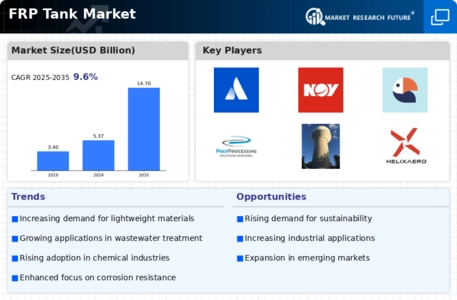
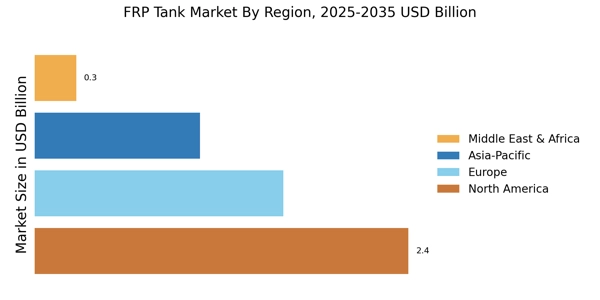
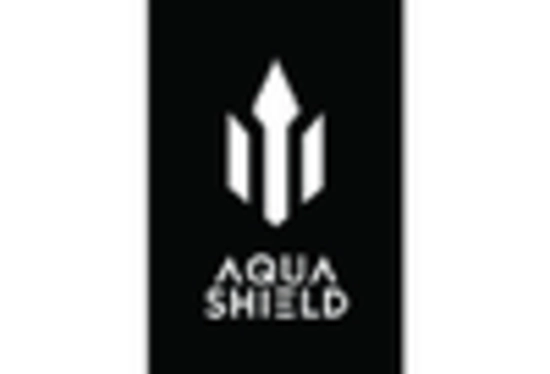
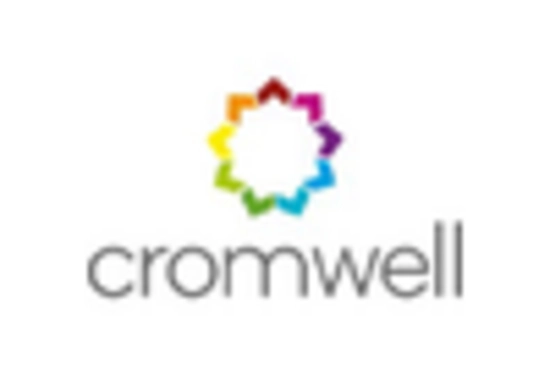

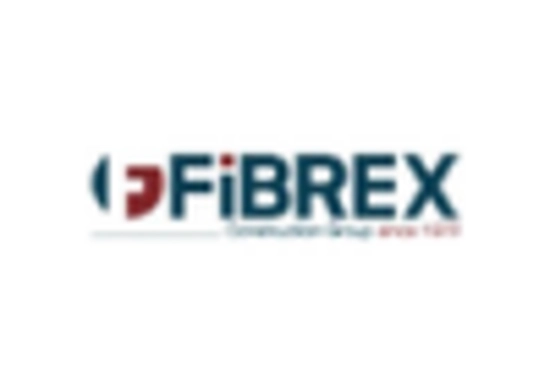
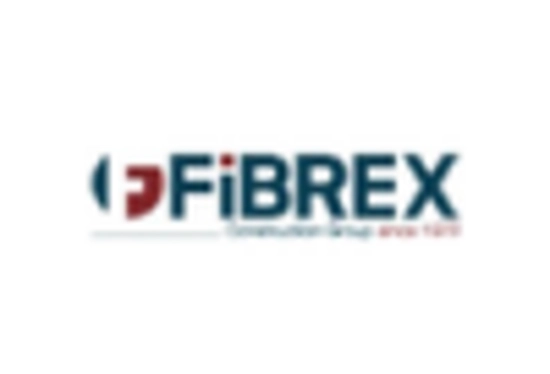



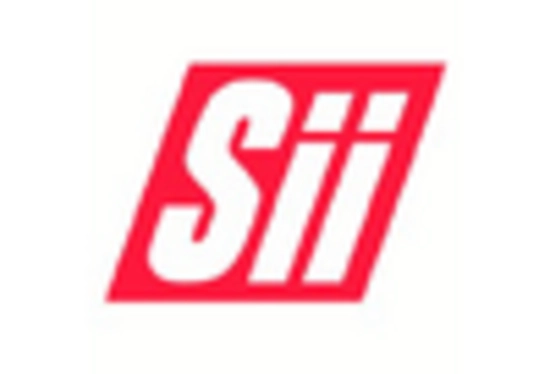








Leave a Comment